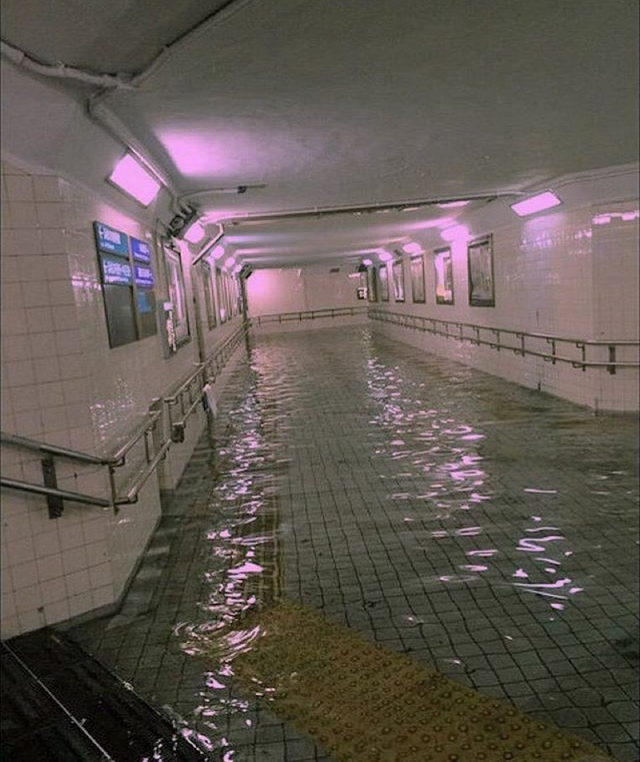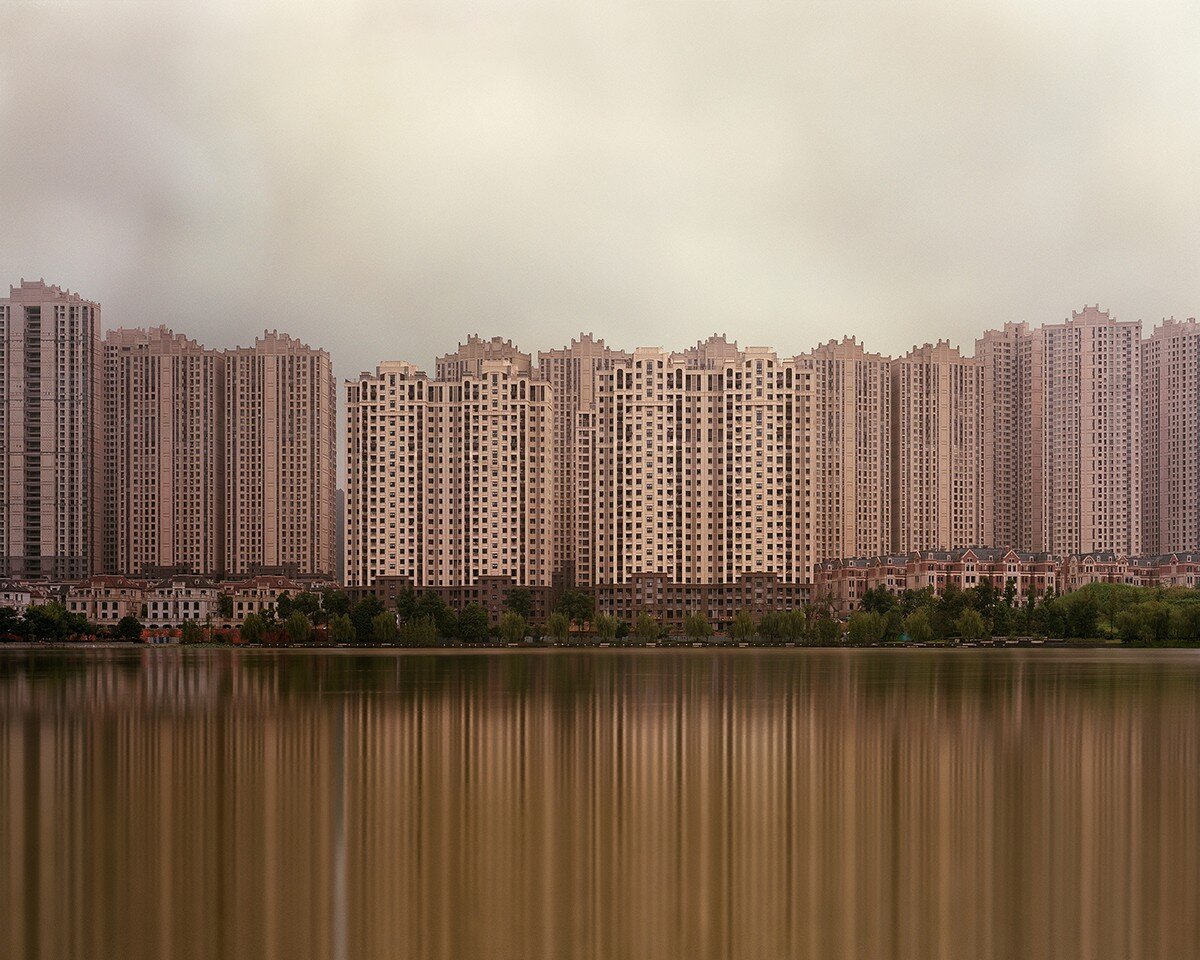GLITCHED OUT OF REALITY: WELCOME TO THE BACKROOMS

The Backrooms are any maze-like network of rooms, hallways, or spaces that appear to lack any identifiable exit. These [mostly fictional] locations are explained as places that you "glitch" into — areas people vanish to, where one gets lost, where one can quickly go missing.
Source: r/backrooms
This article is part of the on-going series “RAMCPU for sabukaru”. Examining the intersection of art, information and aesthetics, RAMCPU shares his uniquely critical perspective on contemporary art and media to shape the discourse between various discipline and schools of thought.
Level 1 - "Lurking Danger" - Source: BackroomsFandom
First seen on 4chan, The earliest known Backroom, also known as "Level 0," is the most well-known of Backroom levels.
The original “Level 0” - Source: 4chan
Level 0 is a carpeted, office-like, wallpapered, sepia-toned, yellow-lit labyrinth of endless rooms, wet carpets, blood-stained floors, and loud buzzing lights.
Source: r/backrooms
"Level 0" is the place one goes when they glitch into another dimension. Perhaps it's a place where one goes when they want to exit onto the 13th floor.
Source: r/backrooms
In case you don't want to take the chance of visiting The Backrooms personally [and, as a result, being stuck there forever] there's a couple of video games about "The Backrooms" that will simulate the bizarre rooms for you. The games usually have no clear way to "win" per se, as you walk endlessly from shadow-like entities, searching for a way out that unfortunately doesn't actually exist.
Source: r/backrooms
But are The Backrooms real? Well, not really. "Level 0", for example, is actually a photoshopped image of a real office space, of which, the windows were removed, and the sepia tone was added in post.
Source: r/backrooms
Take the Holiday Inn London Heathrow, T4, for example. From the outside, the hotel looks normal, but for those in the know on Liminality, the hotel's interior, with an apartment-complex aesthetic, is designed to look like it's outdoors… but it's enclosed… and it looks strange; thus the backrooms community knows this photo of the hotel as being Level 188 of The Backrooms. [There are 100s of Backrooms Levels: many inter-connected, some canon, some not - you can find an overview of all levels here]
Level 188 - Holiday Inn London Heathrow, T4 - Source: r/backrooms
So why make these spaces? Why develop the lore and descriptions about the alleged monsters that live on each varying level? Why the fascination with haunted isolation and vanishing from reality into dimensions more mundane? Why make games simulating such a terrible experience of maze-induced claustrophobia?
Source: r/backrooms
As humanity moves more into the era of digital personality and remote work, as retail and public spaces dissolve, the fascination about the liminal, offbeat and unexplainable places of our dreams can now finally be realized.
Source: r/backrooms
If you grew up in the 70s, 80s or 90s, and you got to see the development of commercial spaces and malls, you likely stumbled upon one of these places eerily similar to The Backrooms as a kid.
Source: r/backrooms
Maybe you took a wrong turn at your mom's office building and arrived at a strange corridor.
Source: r/backrooms
What if you opened your bathroom door one day, and that door led to a place that appeared to be unexplainable, a place that didn't look like anything you've ever seen before?
Source: r/backrooms
Maybe this is what happens to people that vanish without a trace. What if people could "glitch" out of this dimension of reality?
The Backrooms allow us to reexamine notions of the multiverse. They allow us to consider the possibility of alternative realms and other "rooms" beyond our sight.
Source: r/backrooms
What is the explanation for our existence? What is the explanation for spaces that just feel "off"? Why are there places that make us feel uncomfortable for no specific reason?
As a species that is venturing more and more into the digital, we want to finally explore our dreams. We dare to venture into the unexplainable experiences that lie within the glitching simulation that is our reality.
Source: r/backrooms
The Backrooms are important because it is the collective consensus that life may indeed be a simulation. It is the collective consciousness that is recreating the inconsistencies of it's own existential conundrum.
Source: r/backrooms
Why are we here? Are there other worlds within this world?
Source: r/backrooms
We have arrived in an era where individuals find common ground between one another based on the notion of haunted spaces; for us, spaces are memorable not because of it's occupants, but the lack thereof.
Source: r/backrooms
About the author:
RAMCPU is a writer, philosopher, and creator of the media theory known as Arcadism. RAM writes about media, art, arcades. and internet subcultures.
His weekly newsletter is entitled "Arcade Press".





